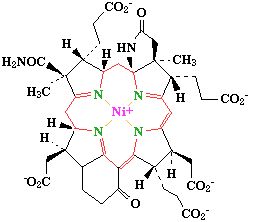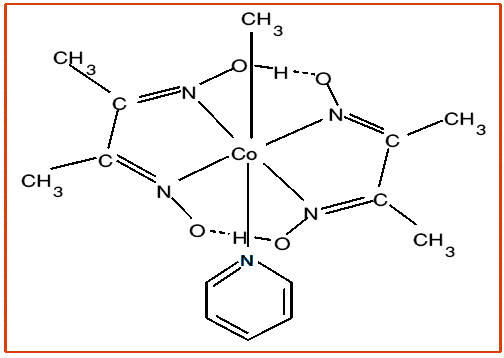

Of course none of these will ever provide substitutes for Vitamin B12, but they do provide platforms on which various aspects of the mechanisms of the Vitamin B12 catalysed reactions can be studied.
The alkylcobaloximes also provide an excellent experimental platform for the undergraduate synthetic laboratory. They illustrate many fundamental principles of inorganic coordination chemistry, are fascinating materials, and can also be used to introduce more esoteric techniques such as EMR spin trapping. Thus, in Bristol we use such a preparation of various alkyl cobaloximes in our second year undergraduate laboratory. A recent preparative text has an alternative preparation, "Synthesis and Techniques in Inorganic Chemistry", by G.S.Girolami, T.B. Rauchfuss and R.J.Angelici, University Science Books, Sausalito, CA, USA. See Experiment 21.